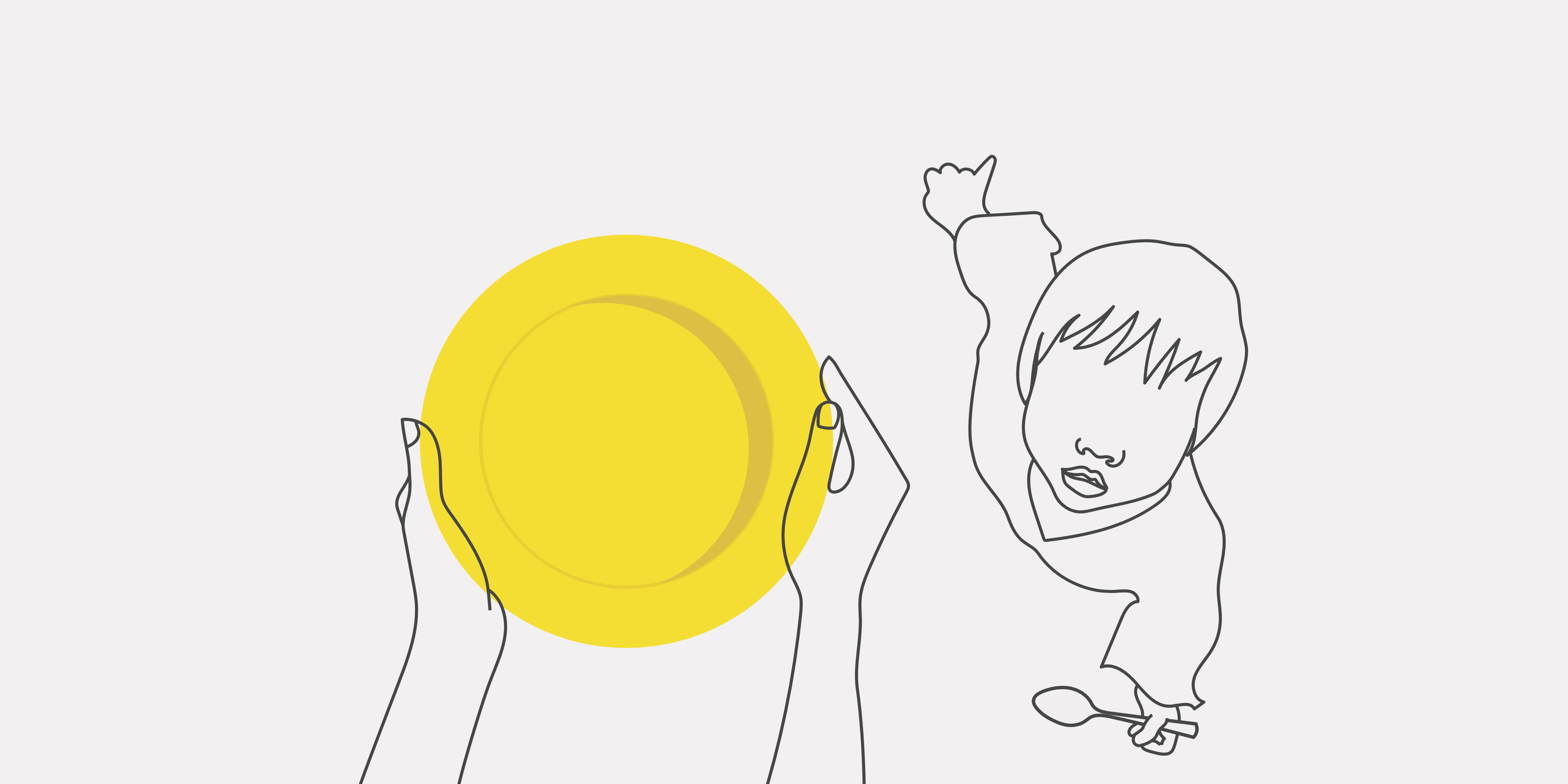Emotional Distress On the Rise for Parents... Again
Parents in our survey reported decreasing levels of emotional distress during spring 2021, but this trend has since reversed. In this fact sheet, we explore the reasons for their increasing levels of emotional distress.
On Shaky Ground Part 2
In a previous fact sheet, we showed that the unpredictability in paying for basic needs during the pandemic had a negative impact on caregivers’ and children’s well-being. In Part 2, we focus on other ways that unpredictability in finances affects the lives of families with young children.
Who Is Providing for Child Care Providers? Part 2
In a previous fact sheet, we described challenges that child care providers are facing during the pandemic. In Part 2, we delve further into how their lives are affected by food insecurity, economic hardship, and work schedule uncertainty.
School Daze: Renewed Uncertainty and Difficult Decisions
As the school year begins, parents of young children share significant concerns about their children's safety and education, and there is a range of opinions about what to do to address these concerns.
On Shaky Ground: Unpredictability in Ability to Pay for Basic Needs Affects Family Well-being
When families' financial circumstances are unpredictable, it leads to more emotional distress for both parents and children.
Who Is Providing for Child Care Providers?
American families rely heavily on child care providers, but providers have been struggling during the pandemic. This is taking a toll on their emotional well-being, which has the potential to adversely impact the care they provide.
Families with Young Children Are Burdened with Rising Debt
Families have been struggling considerably with debt and bills since the COVID-19 pandemic began. The more debt, the greater the emotional distress reported.
When We Talk About Mothers and Work During the Pandemic, Words Matter
This Sunday we all need to take a minute to acknowledge how hard mothers have been hit by the pandemic.Nearly four times more women than men have lost jobs since the beginning of pandemic and data suggest that it’s been worse still for working mothers.
A Long Road and a Heavy Load: Material Hardship and Emotional Well-Being
In this fact sheet, we provide data on trends in rates of material hardship over the past year and explore the relationship between material hardship and the well-being of caregivers and children.
Mothers of Young Children Speak on Work During the Pandemic
The pandemic has caused women to disproportionately leave the workforce, take over childcare roles, and deal with the heavy consequences of these changes. With Mother’s Day approaching, we take a closer look at what women with young children are saying about work.
Overloaded: Families With Children Who Have Special Needs Are Bearing an Especially Heavy Weight, And Support Is Needed
Due to the pandemic, families with children who have special needs are experiencing interruptions in healthcare and decreased social support.
Facing Hunger: The Weight of the Pandemic Is Falling on American Families
American Families are struggling to afford food and being forced to decide which basic needs they can afford and which they will go without this holiday season.
Home Alone: The Pandemic Is Overloading Single-parent Families
Many single parents are lonely and overwhelmed as they face the challenges of balancing work and raising families — alone.
Something’s Gotta Give
Parents face an untenable set of demands as schools and child care providers begin a new academic year.
Bearing Witness: Family Voices That We Can’t Ignore
Hearing the stories of RAPID survey respondents
A Hardship Chain Reaction
Financial difficulties are stressing families’ and young children’s wellbeing during the pandemic, and it could get a lot worse
Flattening the Other Curve, Part 2
Trends for parental well-being are improving overall, but not for everyone
Flattening the Other Curve
Trends for young children’s mental health are good for some but concerning for others





















